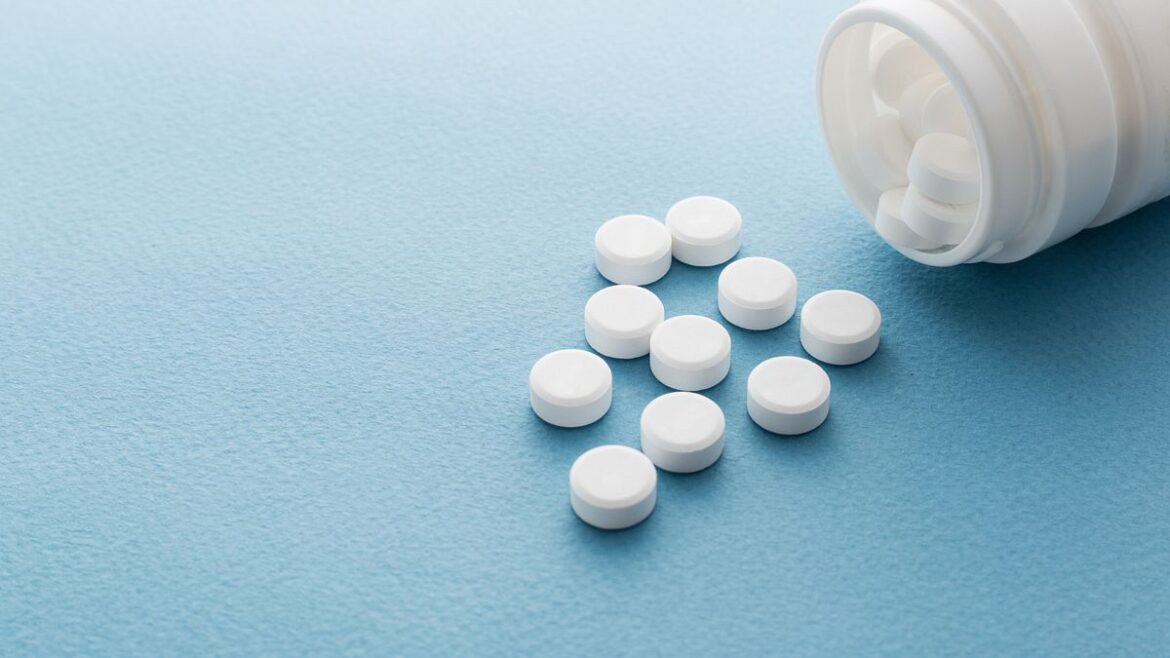The half-life of the anabolic steroid testosterone propionate is relatively brief. It is a testosterone derivative in the form of the 17-propionate ester of testosterone, a synthetic androstane steroid. Notable Watson laboratories created testosterone propionate in the 1960s, and it was finally authorized by the Food and Drug Administration (FDA) for use on February 5, 1974. Although this medication is no longer prescribed to people, it is still sold over the counter for use on animals. Know more about propionat testosteronu.
Latest Trends In Testosterone Supplements:
Despite its popularity, propionat testosteronu (formerly sold under the trade name Testoviron) is no longer sold in the United States. You can still get it in several other countries, such as Dubai, Australia, Germany, Bangkok, Lithuania, Nz, Saudi Arabia, and the UK (Yoon, 2019).
As alternatives with greater endurance became available, testosterone propionate’s popularity waned. Testosterone preparations with a longer half-life (such as enanthate, cypionate, and undecanoate) are more convenient and safer. These programs now make up the backbone of TRT (Petering, 2017).

Things To Know About Supplements:
The short half-life of testosterone propionate would be its primary drawback. A drug’s elimination half-life is a pharmacological assessment of its elimination rate. Medicines with a longer half-life can treat patients for a more extended period. Since its half-life is so short, you would need numerous weekly intramuscular injections to maintain a sufficient quantity of testosterone (Rey, 2020).
The drug’s discontinuation was not due to any issues with its safety or effectiveness; instead, it was likely due to the availability of more desirable alternatives (Yoon, 2019).
Although testosterone propionate is no longer commonly used as a prescription, it is often employed in research that necessitates a fast-acting hormone.
Both direct and indirect androgen receptor (AR) activation and subsequent estradiol conversion and AR activation are required for testosterone to exert its effects in animals and humans.
Conclusion:
In the cytoplasm of cells in the target tissue, free testosterone (T) is either bound to the androgen receptor or converted to 5alpha-dihydrotestosterone (DHT) more by the enzyme 5alpha-reductase. Hormone response elements (HREs) are binding sites responsible for the androgenic effects by modulating the transcription of specific genes.
When administered intramuscularly, testosterone propionate is absorbed slowly. Given the less hydrophilic ester group, absorption is sluggish.





